Exploring Ohio’s Short Line Railroad Network: A Comprehensive Guide to Regional Rail Carriers
Welcome to our comprehensive guide on Ohio’s short line railroad network! As we delve into the rich tapestry of regional rail carriers, we’ll uncover the vital role these lines play in the state’s rail infrastructure and transportation logistics. From industrial rail transport to freight services, Ohio’s short line railroads form the backbone of the Midwest’s railway system, connecting key cities and serving diverse industries.
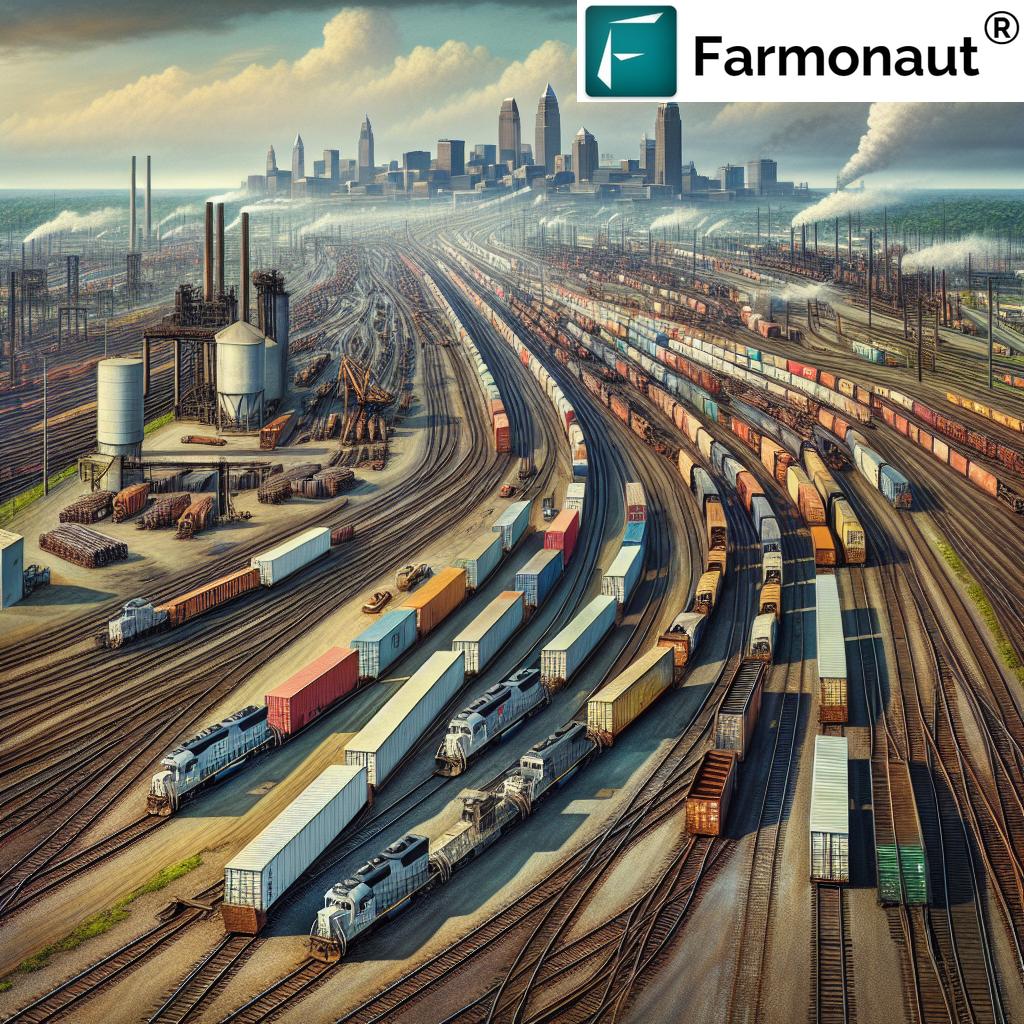
“Ohio’s short line railroad network connects over 50 cities, including major hubs like Cleveland, Columbus, and Cincinnati.”
The Importance of Short Line Railroads in Ohio
Short line railroads play a crucial role in Ohio’s transportation ecosystem. These regional rail carriers provide essential connections between major Class I railroads and local industries, ensuring efficient movement of goods across the state. Let’s explore why these lines are so important:
- Local Economic Impact: Short lines serve smaller communities and businesses that might otherwise lack rail access.
- Industry Support: They cater to specific industries like steel, chemicals, and agriculture, providing tailored services.
- Flexibility: Short lines can adapt quickly to changing market conditions and customer needs.
- Environmental Benefits: Rail transport is more fuel-efficient than trucking, reducing carbon emissions.
As we examine Ohio’s short line railroad network, it’s worth noting how modern technology is transforming various industries, including agriculture. For instance, Farmonaut’s carbon footprinting solutions are helping agribusinesses monitor and reduce their environmental impact, aligning with the sustainability benefits of rail transport.
Ohio’s Short Line Railroad Landscape
Ohio boasts an extensive network of short line railroads, each with its unique history and operational focus. Let’s take a closer look at some of the key players in this diverse landscape:
Akron Barberton Cluster Railway (AB)
The Akron Barberton Cluster Railway, also known as the ABC Railway, is a terminal switching line operating in Akron, Ohio. With a rich history dating back to the Akron & Barberton Belt Railroad, this short line plays a crucial role in local freight movement.
- Primary Operations: Barberton yard
- Secondary Operations: Firestone Yard in Akron
- Current Ownership: Wheeling & Lake Erie Railway (since 1994)
Ashland Railway (ASRY)
The Ashland Railway began operations in 1986 and has since expanded its network to cover about 55 miles of track in north-central Ohio.
- Routes: West Salem to Mansfield (ex-Erie/Erie Lackawanna)
- Additional Line: Willard to Mansfield (ex-B&O, acquired from CSX in 1990)
As we discuss these rail networks, it’s interesting to note how modern technology is revolutionizing various aspects of transportation and logistics. For instance, Farmonaut’s fleet management solutions offer tools that could potentially benefit railroad companies in optimizing their operations and resource allocation.
Camp Chase Industrial Railroad (CCRA)
The Camp Chase Industrial Railroad is a terminal railroad serving western Columbus. Owned by Carload Express, Inc., it operates on about 14 miles of track.
- Historical Significance: Operates on a former section of the Cleveland, Cincinnati, Chicago & St. Louis’s main line
- Acquisition: Purchased from Conrail in October 1994
Chicago, Fort Wayne & Eastern Railroad (CFE)
This Genesee & Wyoming road began service in 2004, operating on a significant portion of the former Pennsylvania Railroad’s Fort Wayne Line.
- Route: Gary, Indiana to Crestline, Ohio with a branch to Decatur
- Total Track Miles: Approximately 315 miles
- Freight: Lumber, paper, chemicals, steel beams, shelled corn, and hazardous materials
“Short line railroads in Ohio serve at least 4 key industries: steel, chemicals, agriculture, and freight logistics.”
The Role of Short Lines in Ohio’s Industrial Landscape
Ohio’s short line railroads play a pivotal role in supporting the state’s diverse industrial base. These regional carriers provide essential transportation services for various sectors, including:
- Steel Industry: Many short lines serve steel mills and related businesses, facilitating the movement of raw materials and finished products.
- Chemical Manufacturing: Specialized tanker cars on short lines transport chemicals safely and efficiently.
- Agriculture: Short lines connect rural areas to major markets, supporting Ohio’s robust agricultural sector.
- Manufacturing: From automotive parts to consumer goods, short lines play a crucial role in supply chains.
The importance of efficient transportation in these industries cannot be overstated. Similarly, in the agricultural sector, technologies like Farmonaut’s crop loan and insurance solutions are helping farmers manage financial risks and improve their operations, much like how short line railroads help optimize industrial logistics.
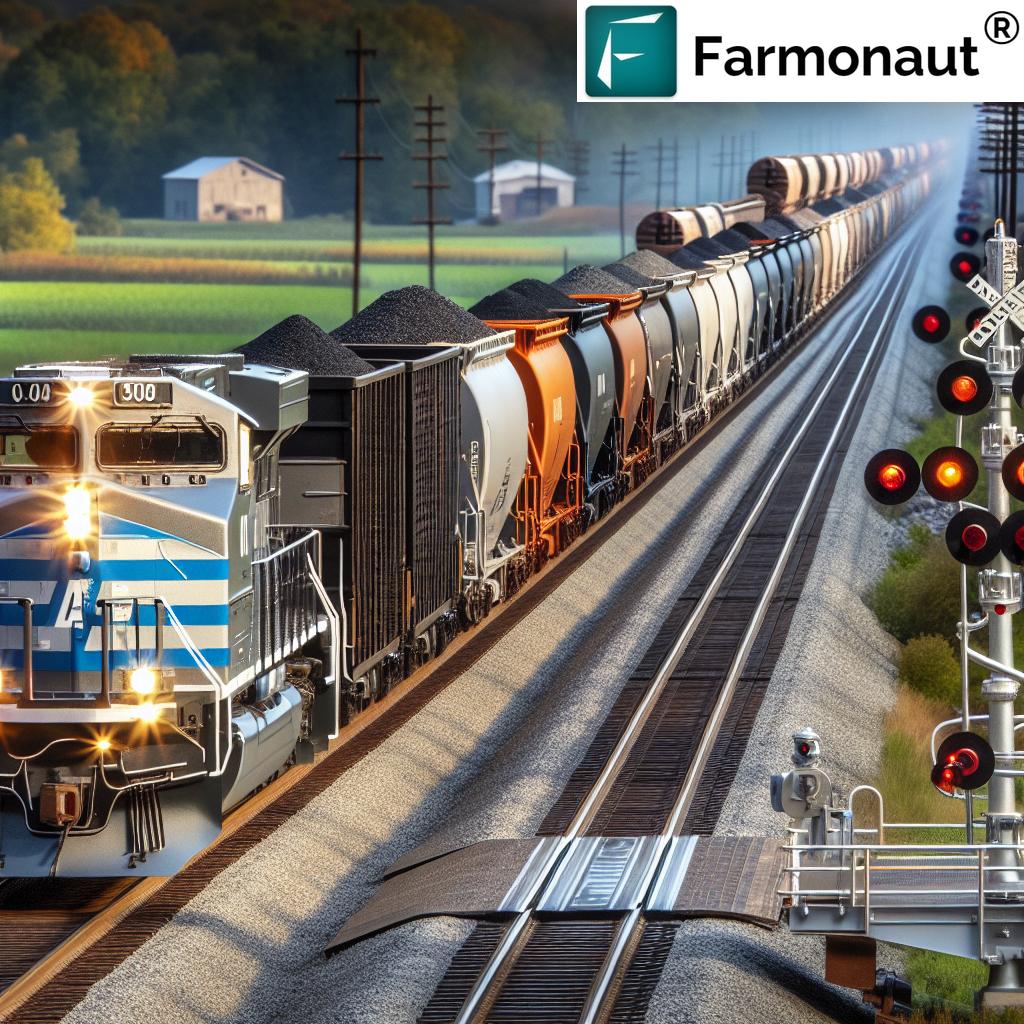
Notable Ohio Short Line Railroads
Let’s explore some more notable short line railroads operating in Ohio:
Columbus & Ohio River Rail Road (CUOH)
This large short line, owned by Genesee & Wyoming, serves central and eastern Ohio with an extensive network.
- Track Miles: 247 miles
- Main Route: Mingo Junction to Columbus
- Branch Lines: Mt. Vernon, Zanesville, Cambridge, Cadiz, and Hebron
- Freight: Chemicals, coal, farming products, food products, pulp/paper products, and steel/waste
Indiana & Ohio Railway (IORY)
Operating since 1985, the Indiana & Ohio Railway has grown to become a significant player in the region’s rail network.
- Total Track Miles: Approximately 570 miles
- Operational Area: Ohio, Indiana, and Michigan
- Key Freight: Metal products, chemicals, plastics, lumber, paper, agricultural products, and distillers grains
Wheeling & Lake Erie Railway (WE)
The Wheeling & Lake Erie Railway is a privately owned Class II regional railroad with a rich history and extensive operations.
- Operational Since: 1990 (carrying the name of the original W&LE)
- Network Coverage: Northern Ohio, West Virginia, and western Pennsylvania
- Track Miles Owned: Approximately 575 miles
- Additional Trackage Rights: 265 miles
- Annual Carloads: Over 130,000
The extensive network and diverse freight base of railroads like the Wheeling & Lake Erie Railway highlight the importance of efficient transportation systems. In a similar vein, modern agricultural technologies are revolutionizing farm management. For instance, Farmonaut’s large-scale farm management solutions offer tools that help agribusinesses optimize their operations, much like how railroads optimize freight movement.
The Impact of Short Line Railroads on Ohio’s Economy
Short line railroads have a significant impact on Ohio’s economy, contributing to job creation, industrial growth, and efficient transportation. Here are some key ways these regional carriers benefit the state:
- Job Creation: Short lines employ local workers and support jobs in related industries.
- Industrial Development: Access to rail service can attract new businesses to an area.
- Reduced Road Congestion: Rail transport helps keep trucks off the highways, reducing wear and tear on roads.
- Environmental Benefits: Trains are more fuel-efficient than trucks, leading to lower emissions per ton of freight moved.
- Supply Chain Efficiency: Short lines provide critical “first and last mile” connections for many businesses.
As we consider the economic impact of these railroads, it’s worth noting how other industries are also leveraging technology to enhance efficiency and sustainability. For example, Farmonaut’s traceability solutions are helping agricultural businesses ensure transparency and quality in their supply chains, much like how short line railroads ensure efficient movement of goods.
Challenges and Opportunities for Ohio’s Short Line Railroads
While short line railroads play a crucial role in Ohio’s transportation infrastructure, they also face various challenges and opportunities:
Challenges:
- Infrastructure Maintenance: Many short lines operate on older tracks that require significant investment to upgrade and maintain.
- Competition from Trucking: Short-haul trucking often competes directly with short line railroads for freight.
- Regulatory Compliance: Keeping up with evolving safety and environmental regulations can be costly for smaller railroads.
- Economic Fluctuations: Short lines are often closely tied to specific industries and can be vulnerable to economic downturns in those sectors.
Opportunities:
- Technological Advancements: Implementing new technologies can improve efficiency and safety.
- Intermodal Growth: Expanding intermodal services can open new markets for short lines.
- Sustainability Initiatives: As businesses focus on reducing carbon footprints, rail transport becomes more attractive.
- Public-Private Partnerships: Collaborating with state and local governments can help fund infrastructure improvements.
As short line railroads navigate these challenges and opportunities, they can look to other industries for inspiration in leveraging technology. For instance, Farmonaut’s crop plantation and forest advisory services demonstrate how advanced data analytics and satellite imagery can optimize operations in agriculture – technologies that could potentially benefit the railroad industry as well.
The Future of Ohio’s Short Line Railroad Network
Looking ahead, Ohio’s short line railroad network is poised for continued growth and evolution. Here are some trends and factors that may shape the future of these regional carriers:
- Technological Integration: Adoption of advanced technologies like IoT sensors, AI-driven predictive maintenance, and blockchain for supply chain transparency.
- Green Initiatives: Increased focus on sustainability, including the use of more fuel-efficient locomotives and exploration of alternative fuels.
- Infrastructure Investment: Ongoing efforts to upgrade tracks, bridges, and signals to accommodate heavier loads and higher speeds.
- Intermodal Expansion: Growing emphasis on intermodal transportation to provide seamless connections between rail, truck, and maritime shipping.
- Consolidation and Partnerships: Potential for more mergers and strategic alliances to improve network efficiency and market reach.
Conclusion: The Vital Role of Short Lines in Ohio’s Transportation Ecosystem
As we’ve explored in this comprehensive guide, Ohio’s short line railroad network plays a crucial role in the state’s transportation infrastructure and economic vitality. These regional rail carriers provide essential connections between major rail lines and local industries, supporting diverse sectors from agriculture to manufacturing.
The resilience and adaptability of short line railroads have allowed them to thrive in a changing transportation landscape. As they continue to evolve, embracing new technologies and sustainable practices, short lines are well-positioned to meet the freight transportation needs of Ohio’s businesses and communities for years to come.
Just as short line railroads continue to innovate and adapt, other industries are also leveraging technology to enhance efficiency and sustainability. For those interested in how similar advancements are transforming agriculture, we invite you to explore Farmonaut’s suite of innovative solutions:
Earn With Farmonaut: Affiliate Program
Earn 20% recurring commission with Farmonaut’s affiliate program by sharing your promo code and helping farmers save 10%. Onboard 10 Elite farmers monthly to earn a minimum of $148,000 annually—start now and grow your income!
FAQ Section
- What is a short line railroad?
A short line railroad is a small or mid-sized railroad company that operates over a relatively short distance. They typically connect smaller markets and industries to the larger, national rail network. - How many short line railroads are there in Ohio?
Ohio has over 30 short line railroads operating within its borders, ranging from small terminal railroads to larger regional carriers. - What types of freight do Ohio’s short line railroads typically carry?
Ohio’s short lines transport a diverse range of freight, including agricultural products, chemicals, steel, lumber, paper products, and manufactured goods. - How do short line railroads contribute to Ohio’s economy?
Short lines create jobs, support local industries, reduce road congestion, and provide efficient transportation options for businesses across the state. - Are short line railroads environmentally friendly?
Yes, rail transport is generally more fuel-efficient and produces fewer emissions per ton of freight moved compared to trucking, making short line railroads an environmentally friendly transportation option.





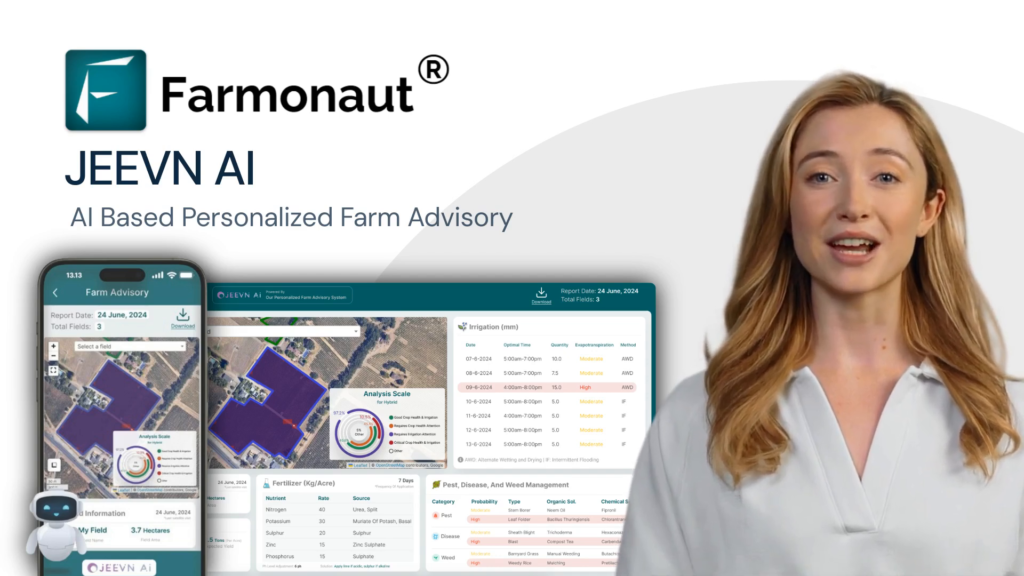




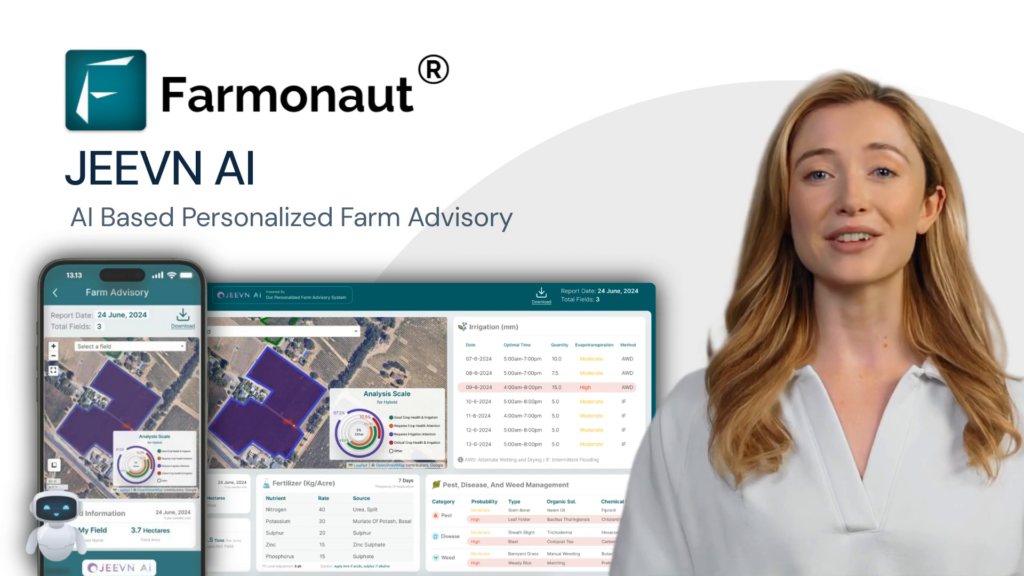
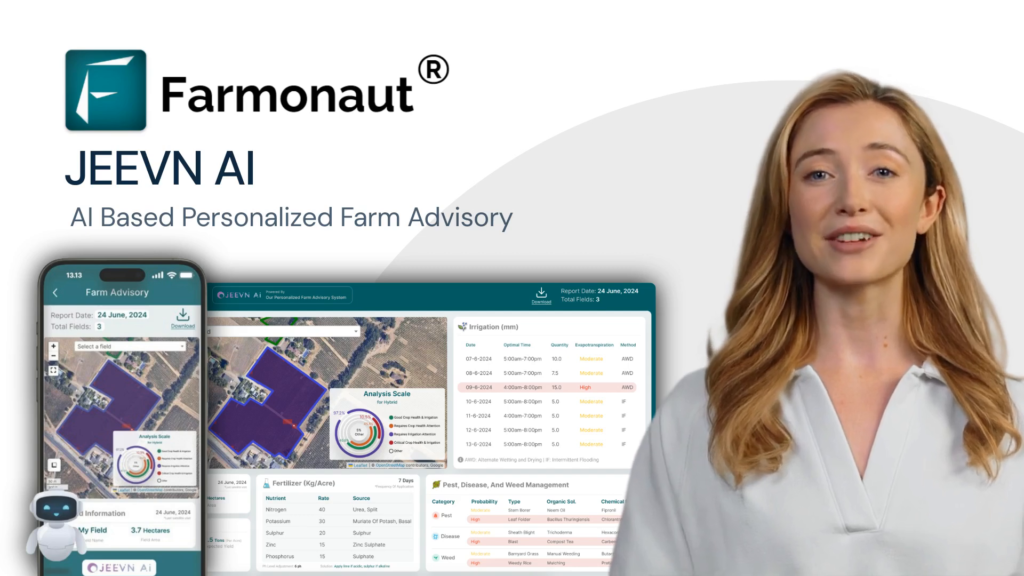
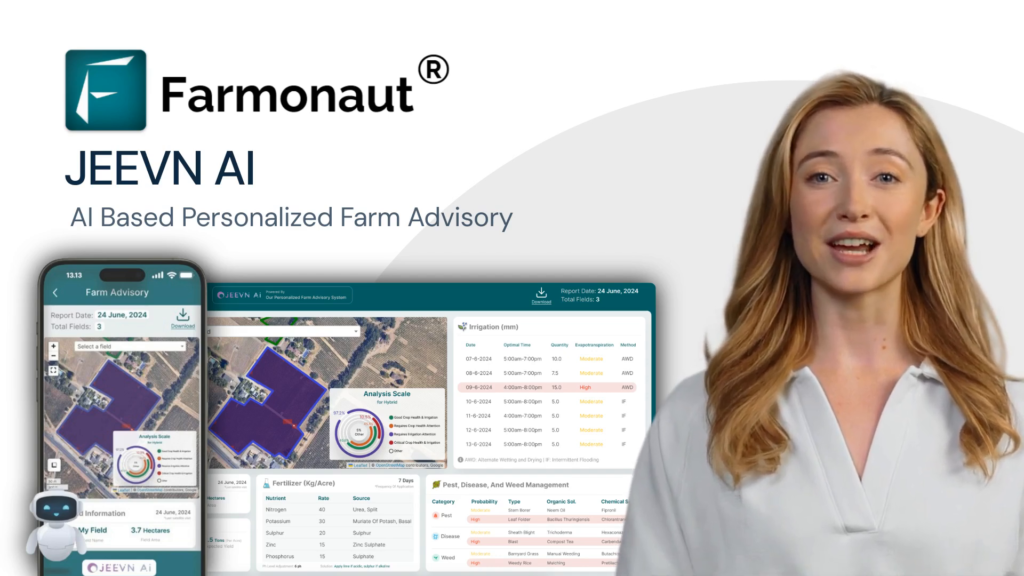
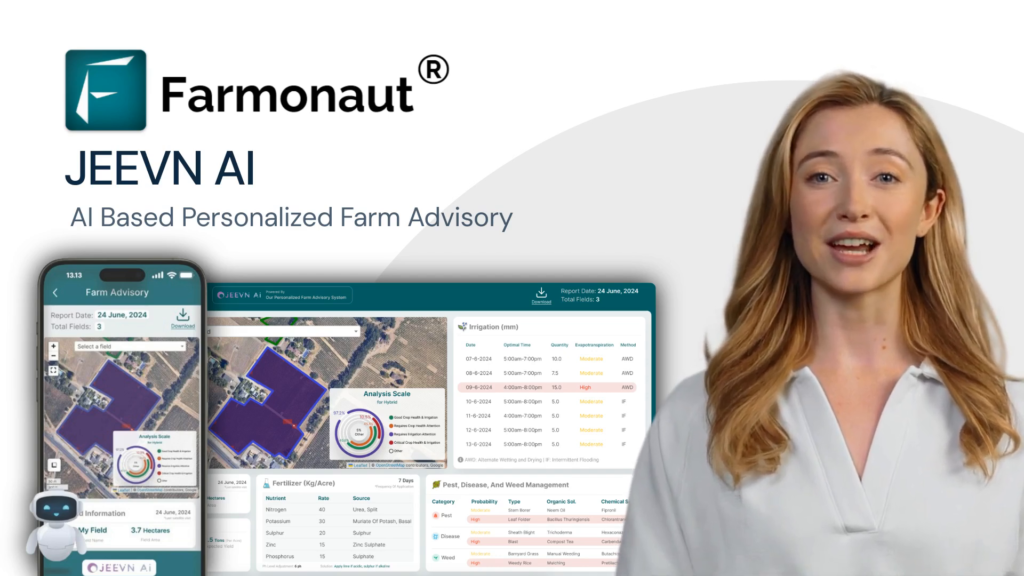
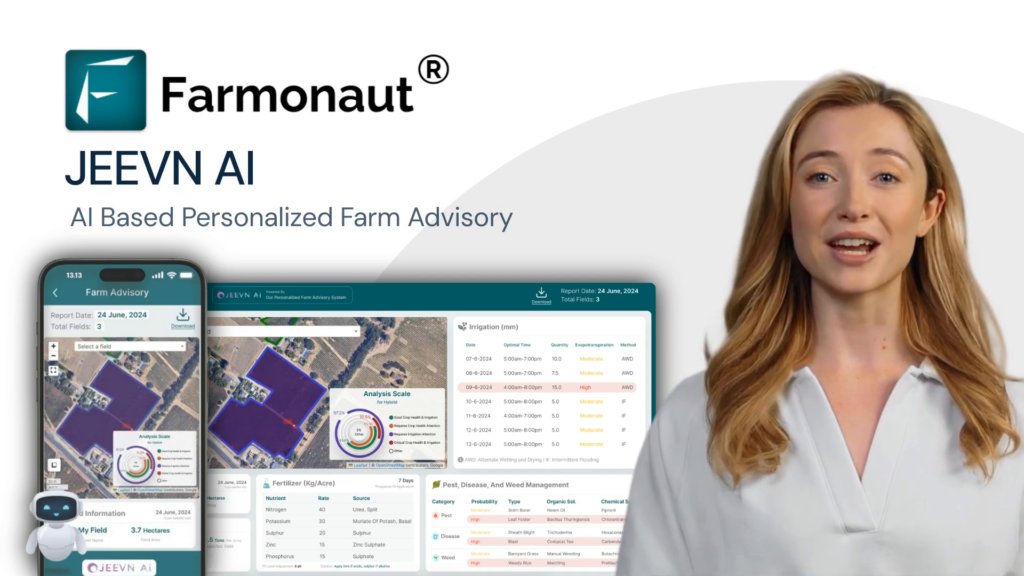
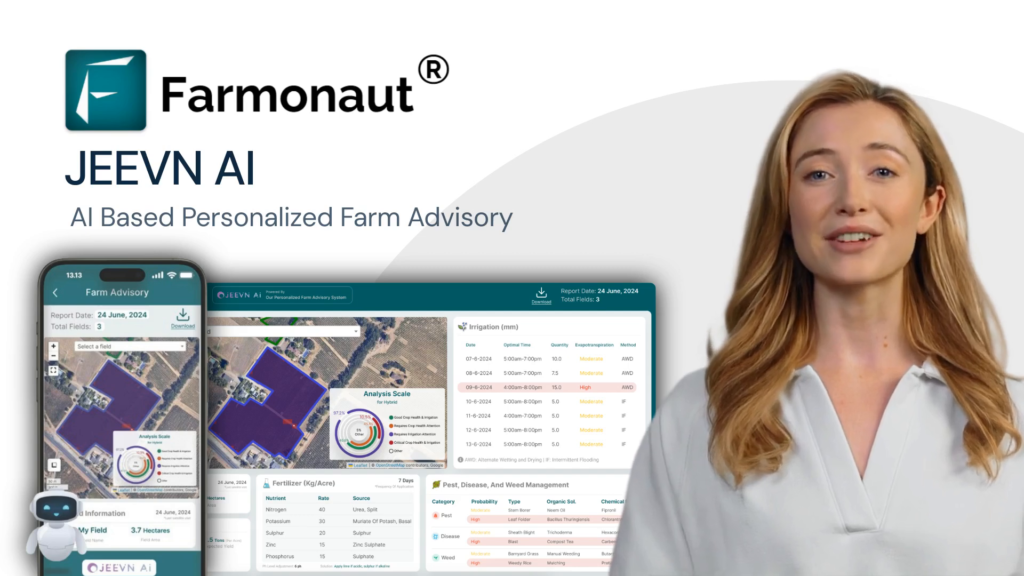
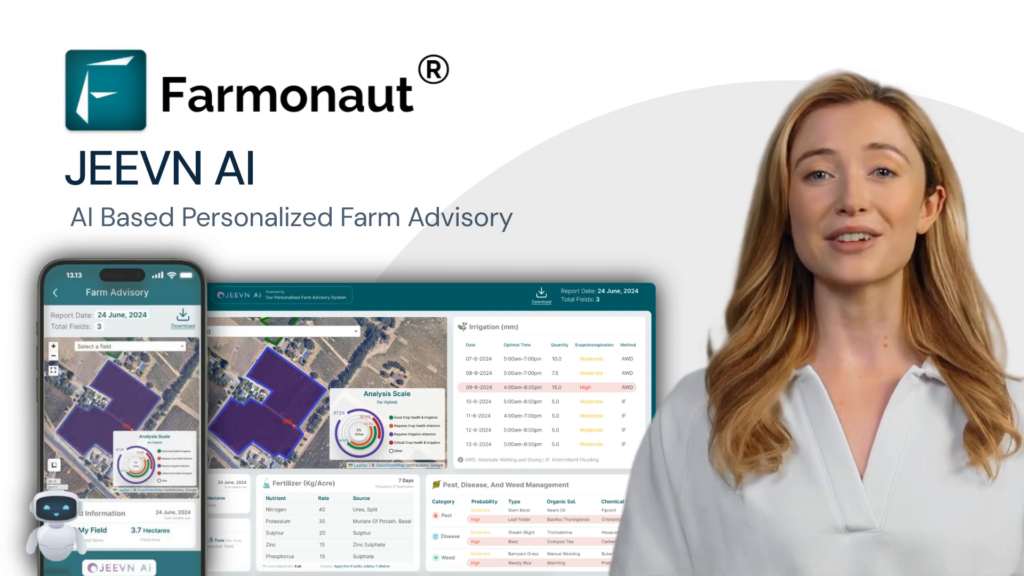
thank you for sharing with us, I believe this website genuinely stands out : D.